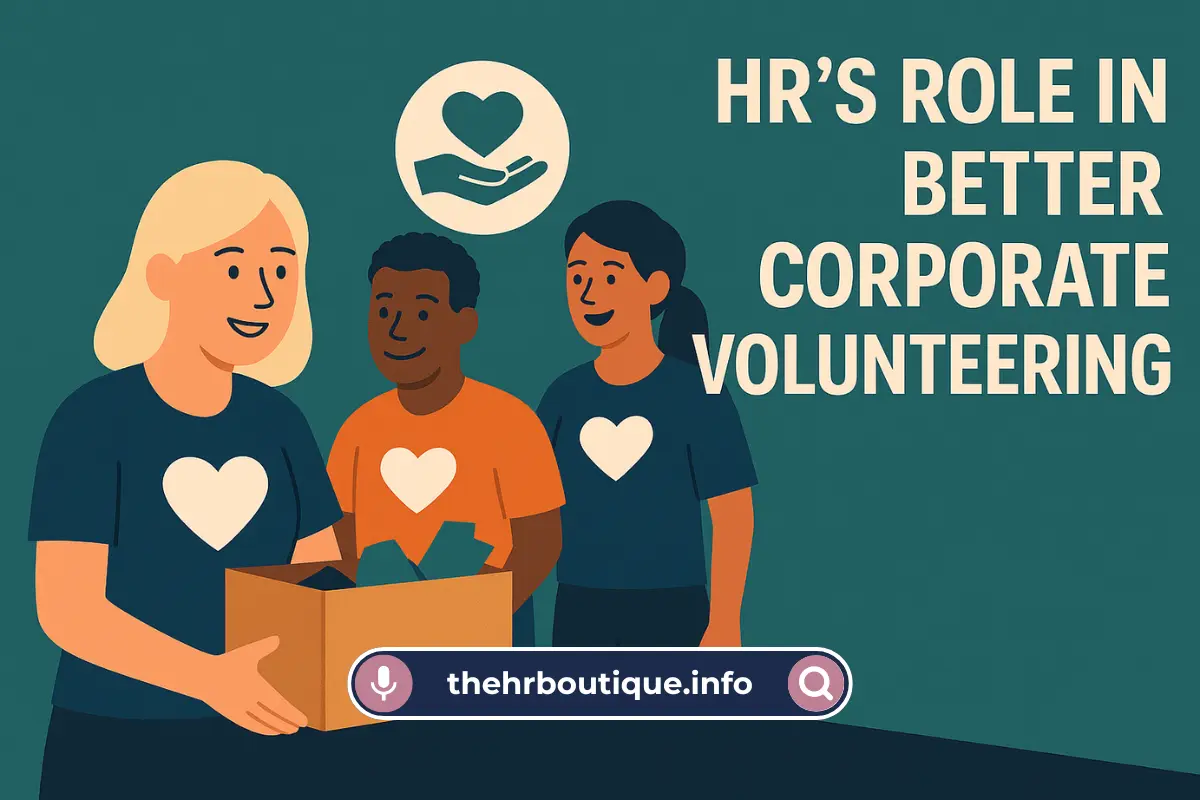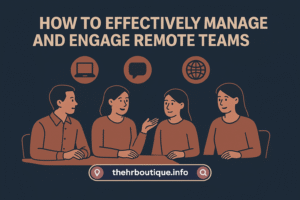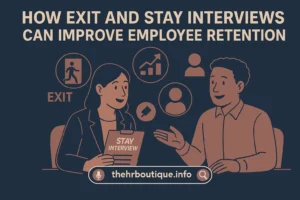Look, we’ve all been there. The email goes out about the annual company food drive, and half the team suddenly develops “prior commitments.” The other half shows up, poses for a few photos, and spends the whole time checking their watches.
But what if I told you corporate volunteering doesn’t have to be this way? As someone who’s seen both the painfully awkward and the genuinely amazing versions of these programs, let me share what actually works.
Why Most Volunteering Programs Flop (And How Yours Won’t)?
Remember that time leadership decided everyone should spend Saturday morning cleaning a highway? Exactly. Nobody wants to give up their weekend to pick up trash while hungover.
The problem isn’t that people don’t want to help – it’s that most programs are designed backward. They start with “what looks good in our annual report” instead of “what would our team actually enjoy doing together?”
Here’s the secret sauce: Your volunteering program should feel like a perk, not a punishment.
HR’s Golden Opportunity
You’re in the perfect position to fix this because:
- You know which managers will roll their eyes vs. who’ll bring homemade cookies.
- You’ve got the inside scoop on which departments secretly compete with each other.
- You hear all the complaints (and can turn them into solutions).
Step 1: Throw Out the Rulebook
Forget what every corporate CSR template says. Start by asking your team:
“If we could volunteer for anything-no – limits–what would make you excited to participate?”
You’ll get answers like:
- “Can we play with puppies instead of filing paperwork?”
- “I’d do it if I could use my design skills to help nonprofits.”
- “Only if there’s good coffee and we don’t have to wear matching t-shirts.”
Step 2: Make It Irresistibly Easy
The 3 rules of thumb:
- Never on weekends.
- Always with snacks.
- Zero awkward forced fun.
Pro tip: Partner with local organizations that actually need help (not just ones that sound impressive). That animal shelter that’s always begging for volunteers? Perfect. The fancy hospital that already has 500 corporate groups? Skip it.
Step 3: Hack the Psychology
People show up for:
- Their coworkers (turn it into a team challenge).
- Their ego (public recognition works wonders).
- Their stomach (I cannot stress the snack thing enough).
Try this: “The marketing team crushed it at the food bank last month – can sales top them this time?” Watch how fast participation grows.
Real Talk: Measuring What Matters
Ditch the corporate jargon about “impact metrics.” Track:
- Smiles in photos (real ones, not the stiff “we’re being forced to do this” kind).
- How many people ask, “When’s the next one?”
- Whether teams bond over it (you’ll hear the stories for weeks).
The Magic Formula
The best program I ever saw let employees:
- Vote on causes each quarter.
- Take a paid half-day to volunteer.
- Share stories at the next all-hands.
Simple? Yes. Effective? Wildly. Teams competed to have the best volunteer story, and new hires cited it as a reason they joined.
Final Thought
The best companies don’t just have volunteering programs—they live them. And HR is the secret sauce that makes it feel authentic, not forced.
So start small. Next month, replace one boring initiative with something your team would genuinely enjoy. Watch what happens when volunteering stops being an obligation and starts being that thing everyone talks about by the coffee machine.
And if anyone complains? Tell them there’ll be snacks. Works every time.
What’s the most surprisingly fun volunteer activity you’ve seen? I’m always looking for new ideas to steal – I mean, get inspired by.





